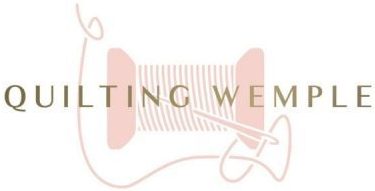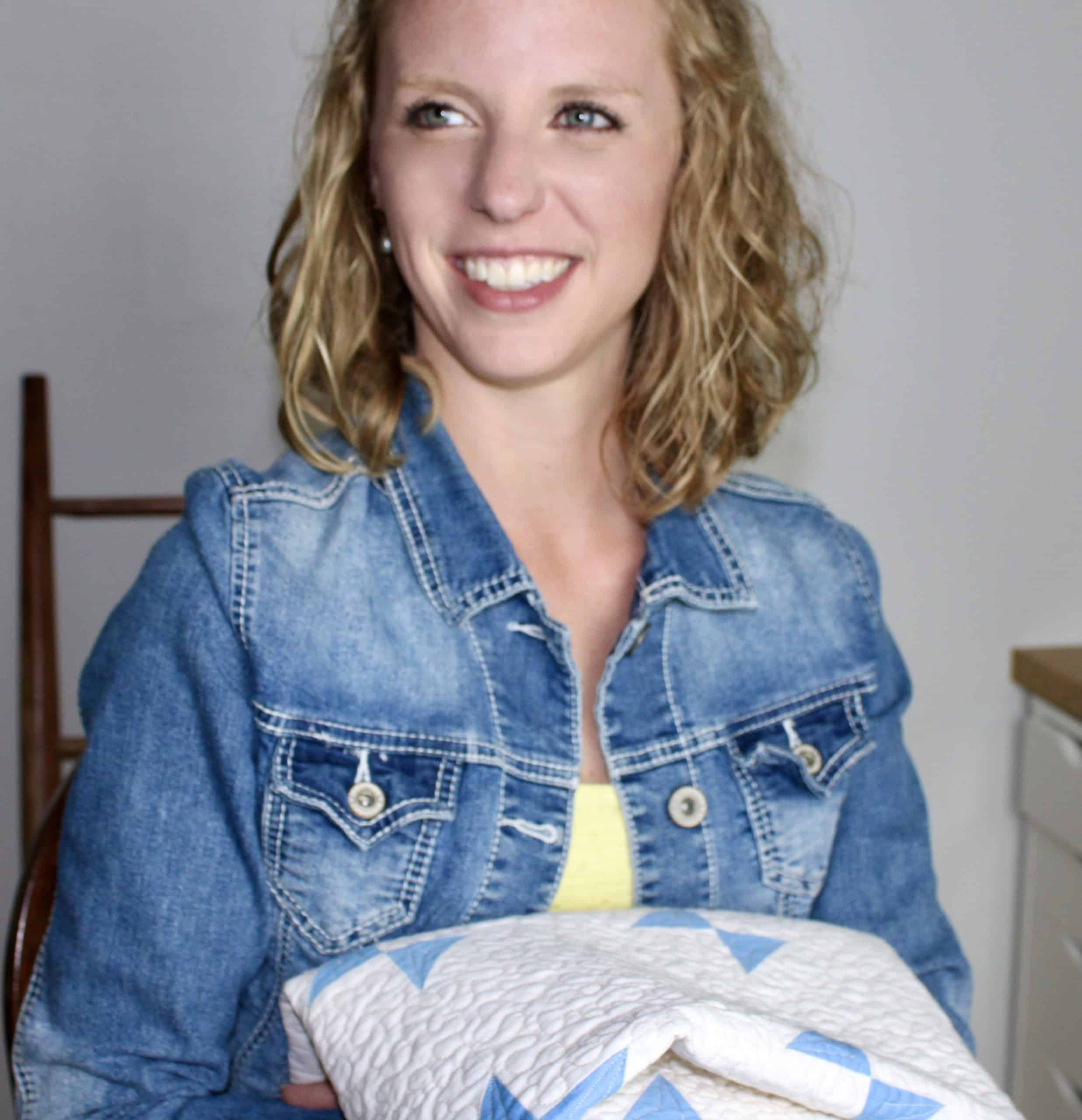It’s happened to all of us. You pull your white shirt out of the washer and find color bleeding from your new red shirt.
Now that white shirt is pink.
Or worse, you finally decided to wash that quilt your grandmother made for you because coffee can’t help but make drips.
The white is DEFINITELY not white any more…

Why does dye always seem to ruin loads of laundry at the worst times? What do you do with loads that have white and colors in the same article of clothing?
You KNOW those red stripes are going to cause the white stripes to be pink by the end of the cycle.
Is there anything we can do to stop it?
While we may not be able to stop 100% of fabric color bleeding in the wash, there are definitely some things we can do ahead of time to give us the best possible chance at avoiding fabric color bleeding.
Why do colors even bleed?
First of all, why do fabric colors bleed in the wash anyway? Isn’t that the opposite of what they are supposed to do?
Some materials just don’t accept as much dye as much as the top *dark* color trends are demanding. Those super dark wash denims? They just can’t hold the amount of dye it takes to keep them so dark.
Other materials are just not dyed correctly which leads to them being over-dyed to the point where the fabric physically can’t accept any more dye and it just sits trapped between fibers instead of absorbed into them. These are the low quality fabrics that are made as cheaply as possible.

When the dye sits between fibers, there’s nothing anchoring it to the fabric so the second you put it in hot water, the fibers open up releasing all that dye into the water, where it ultimately finds the lighter color fabrics in the same wash cycle.
This is why many people will say to wash your fabrics on cold the first few times you wash something that you suspect will bleed.
Related:
How to Avoiding Damaging Your Quilt in the Wash
For lack of better words, a fiber basically has pores to it. When the fiber hits hot water, the hot water causes the “pores” to open up releasing any excess trapped dye, kind of like using a sauna to open up your skin pores. By using cold water, you aren’t as likely to get fibers to open up and release dye.
Fun Fact, this is the same reason why people will tell you to blast your hair with cold water in a shower before turning the water off. Frizzy hair can be caused by the constant open state of those pores making your hair fibers larger. By blasting it with cold water before getting out of the shower, you close the “pores” in your hair fibers and help maintain frizz!
So the cold water thing isn’t an old wives tale, it actually has a scientific reason behind it, who knew?
Pre-wash all fabric

In the quilting world, prewashing your fabric really is one of the best ways to keep you from getting fabric color bleeding the first time you wash that finished quilt.
When you prewash, you have the luxury of separating your lights from your darks to make sure nothing is in immediate risk of being ruined from fabric color bleeding.
You also have the gained ability to avoid any odd shrinking in the wash before it’s sewn into a quilt.
But if you are like me, sometimes you just get so excited to get started on a quilt that you skip the prewashing and go straight to cutting.
Or by the time I finish a quilt I just can’t remember if I got around to prewashing and want to be extra cautious.
Then what do we do?
Always use color catchers

These things are like GOLD.
If you need something for regular clothes, or have a quilt that was gifted by a family member that you don’t know was prewashed, or just want to be super sure after you finish making a quilt, these color catchers are your best option.
They look like a dryer sheet when you pull them out, but all you do is throw one into the washer with the quilt and that’s it!
If any of the dyes in the fabrics of the quilt are released into the water, the sheet will absorb them before your light quilt fabrics can, giving you the best chance possible to avoid fabric color bleeding when washing your quilts.
I had trouble finding them in my local stores near me, so if you don’t want to hop around from store to store like I did, you can find them first time on Amazon here.
Use high quality fabric

All in all though, my best suggestion for avoiding fabric color bleeding in your quilts is simply to go with high quality fabrics.
High quality fabrics are by nature, higher quality, and significantly more attention to detail is given during the manufacturing process. This means the dye levels are more controlled and you are far less likely to see any free dye floating around in your washer to get fabric color bleeding in the first place.
My favorite place to get high quality fabrics that will set me up for quilt washing success is Fat Quarter Shop and if you haven’t heard of them yet, I highly suggest you check them out. Between all the best manufacturers and designers, the high quality fabrics, and all for the same prices in the box stores, Fat Quarter Shop is the place to go.
Most fabrics I’ve gotten from my local big box stores are the ones I find bleed in the wash the most, but Fat Quarter Shop’s variety of fabric seems almost limitless and every piece of fabric I have gotten from them in the 5 years I’ve been using them have never given me any issues with fabric color bleeding in my quilts due to their quality level.
While the other suggestions on this list are reactive, buying good quality is the only proactive way to avoid color bleeding as much as possible in your quilts and Fat Quarter Shop is my favorite solution to that problem.
Click Here to check out Fat Quarter Shop.
And just remember, no one single method is fool proof, so by combining some or all of these tactics, you’ll have both your back AND your front covered.
Happy Quilting!









0 Comments